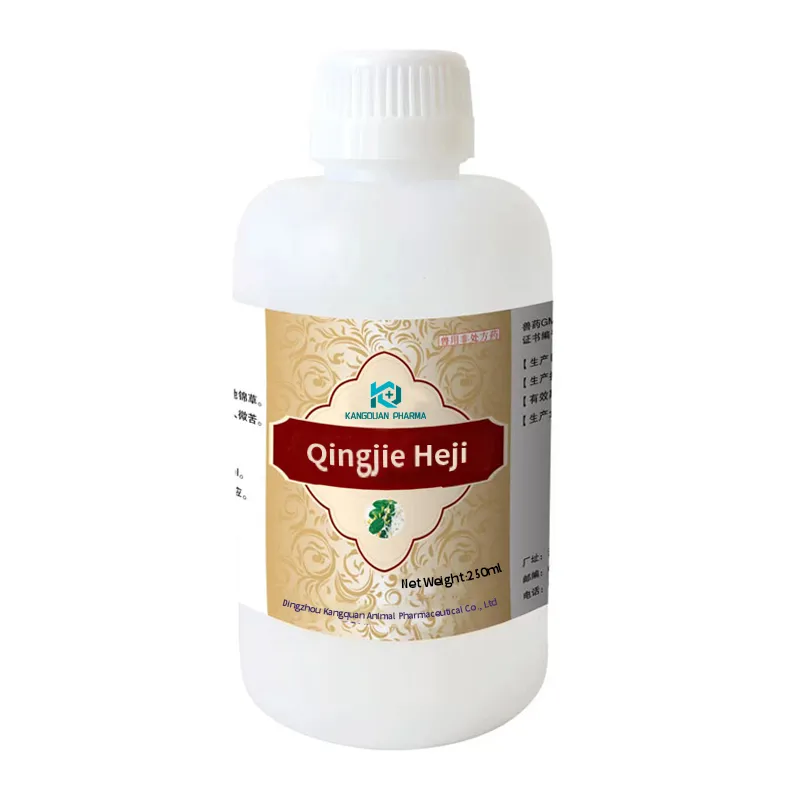- Afrikaans
- Albanian
- Amharic
- Arabic
- Armenian
- Azerbaijani
- Basque
- Belarusian
- Bengali
- Bosnian
- Bulgarian
- Catalan
- Cebuano
- Corsican
- Croatian
- Czech
- Danish
- Dutch
- English
- Esperanto
- Estonian
- Finnish
- French
- Frisian
- Galician
- Georgian
- German
- Greek
- Gujarati
- Haitian Creole
- hausa
- hawaiian
- Hebrew
- Hindi
- Miao
- Hungarian
- Icelandic
- igbo
- Indonesian
- irish
- Italian
- Japanese
- Javanese
- Kannada
- kazakh
- Khmer
- Rwandese
- Korean
- Kurdish
- Kyrgyz
- Lao
- Latin
- Latvian
- Lithuanian
- Luxembourgish
- Macedonian
- Malgashi
- Malay
- Malayalam
- Maltese
- Maori
- Marathi
- Mongolian
- Myanmar
- Nepali
- Norwegian
- Norwegian
- Occitan
- Pashto
- Persian
- Polish
- Portuguese
- Punjabi
- Romanian
- Russian
- Samoan
- Scottish Gaelic
- Serbian
- Sesotho
- Shona
- Sindhi
- Sinhala
- Slovak
- Slovenian
- Somali
- Spanish
- Sundanese
- Swahili
- Swedish
- Tagalog
- Tajik
- Tamil
- Tatar
- Telugu
- Thai
- Turkish
- Turkmen
- Ukrainian
- Urdu
- Uighur
- Uzbek
- Vietnamese
- Welsh
- Bantu
- Yiddish
- Yoruba
- Zulu
9 月 . 28, 2024 03:46 Back to list
Long-Lasting Injection of Oxytetracycline for Effective Animal Health Treatment
Oxytetracycline Long Acting Injection An Overview
Oxytetracycline is a broad-spectrum antibiotic belonging to the tetracycline class, widely recognized for its effectiveness against a variety of bacterial infections. Initially derived from the bacterium Streptomyces rimosus, oxytetracycline has been employed in both human and veterinary medicine for decades. Among its formulations, the long-acting injection of oxytetracycline holds significant importance, particularly in livestock and companion animals, as it provides sustained therapeutic levels of the drug in the bloodstream, thereby enhancing its efficacy and reducing the frequency of administration.
Mechanism of Action
Oxytetracycline works by inhibiting protein synthesis in bacteria. It achieves this by binding to the 30S ribosomal subunit, preventing the attachment of aminoacyl-tRNA to the ribosome. This inhibition effectively halts bacterial growth and replication, making oxytetracycline bacteriostatic rather than bactericidal. The antibiotic is effective against a wide range of Gram-positive and Gram-negative bacteria, as well as certain protozoa and mycoplasmas, making it a versatile choice for treating infections in animals.
Formulation and Administration
The long-acting form of oxytetracycline is specifically formulated to release the drug slowly into the bloodstream over an extended period. This slow-release formulation allows for less frequent dosing, which can be particularly beneficial in a veterinary context. Typically administered via intramuscular injection, the long-acting oxytetracycline can provide therapeutic levels of the drug for up to several days or even weeks, depending on the formulation and the specific condition being treated.
Indications
In veterinary practice, oxytetracycline long-acting injection is commonly used to treat a variety of infections, including respiratory infections, wound infections, and certain systemic infections. It is particularly useful in treating conditions like shipping fever pneumonia in cattle, infectious bovine keratoconjunctivitis (pink eye), and acute mastitis. Additionally, it is utilized in small animal medicine to manage infections that may not respond well to shorter-acting antibiotics.
oxytetracycline long acting injection

Benefits of Long-Acting Formulation
The long-acting injection formulation provides several advantages over shorter-acting alternatives. Firstly, it promotes better owner compliance by reducing the frequency of injections needed, which is especially advantageous in large animals or those that might be difficult to handle. Secondly, the sustained release of the medication can lead to more stable blood levels of the drug, potentially enhancing therapeutic outcomes. Lastly, it minimizes the risk of drug wastage and reduces stress on the animal associated with multiple injections.
Side Effects and Precautions
While oxytetracycline is generally well-tolerated, it is important to note that some side effects may occur. Commonly reported adverse effects include gastrointestinal disturbances, such as diarrhea and vomiting, as well as allergic reactions in sensitive animals. Additionally, the use of oxytetracycline during pregnancy or lactation should be approached with caution, as the drug can affect fetal development and may be secreted in milk.
It is also crucial to be mindful of antibiotic resistance. Overuse or inappropriate use of oxytetracycline can contribute to the development of resistant bacterial strains, posing a serious challenge to both veterinary and human health. As such, veterinary practitioners must adhere to strict guidelines regarding antibiotic use to ensure effective treatment while minimizing the risk of resistance.
Conclusion
Oxytetracycline long-acting injection is a valuable tool in veterinary medicine, offering effective treatment for a range of bacterial infections in animals. Its sustained-release formulation not only enhances convenience but also improves compliance and therapeutic efficacy. However, responsible usage is essential to combat the growing issue of antibiotic resistance, ensuring that oxytetracycline remains a potent option for managing infections in the animal population. The ongoing research and development of antibiotic formulations will further bolster the effectiveness of treatments available to veterinarians and enhance animal health outcomes in the future.
-
The Power of Radix Isatidis Extract for Your Health and Wellness
NewsOct.29,2024
-
Neomycin Sulfate Soluble Powder: A Versatile Solution for Pet Health
NewsOct.29,2024
-
Lincomycin Hydrochloride Soluble Powder – The Essential Solution
NewsOct.29,2024
-
Garamycin Gentamicin Sulfate for Effective Infection Control
NewsOct.29,2024
-
Doxycycline Hyclate Soluble Powder: Your Antibiotic Needs
NewsOct.29,2024
-
Tilmicosin Premix: The Ultimate Solution for Poultry Health
NewsOct.29,2024













